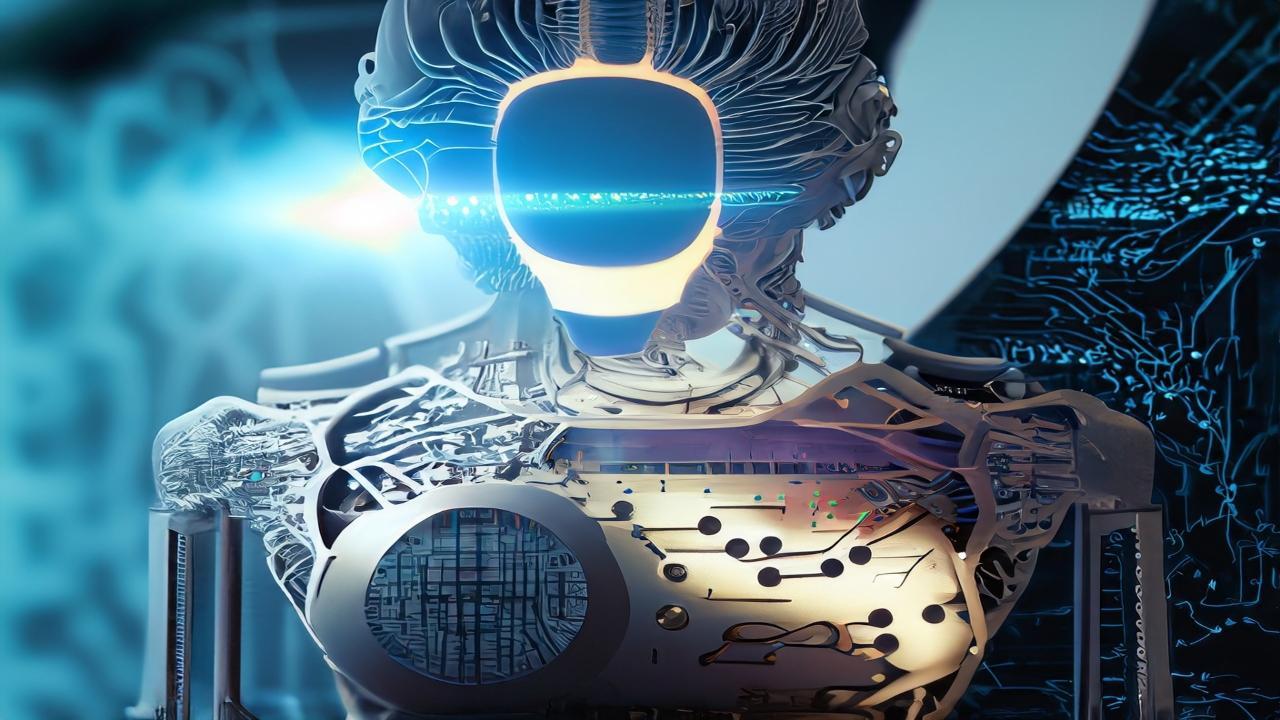An artificial intelligence (AI) system, named 'Coscientist,' autonomously learned and replicated Nobel Prize-winning chemical reactions in a laboratory, according to a study published in the journal Nature

Pic/AI Generated
An artificial intelligence (AI) system, named 'Coscientist,' autonomously learned and replicated Nobel Prize-winning chemical reactions in a laboratory, according to a study published in the journal Nature.
ADVERTISEMENT
The system successfully executed complex reactions, particularly in the field of organic chemistry, known as palladium-catalyzed cross couplings. The reactions earned human inventors the Nobel Prize for Chemistry in 2010 for their role in pharmaceutical development.
The researchers, led by Gabe Gomes from Carnegie Mellon University, emphasized that Coscientist's demonstrated capabilities highlight the potential for AI to accelerate scientific discoveries, enhance replicability, and improve experimental results' reliability.
Coscientist's capabilities were showcased as it autonomously planned, designed, and executed complex reactions, a first for non-organic intelligence. The system's primary components included large language models, akin to those powering chatbots like GPT-4. These models were trained on extensive textual data, enabling them to process, manipulate, and generate natural language.
Additionally, Coscientist was equipped with various software modules to perform tasks typical of research chemists, such as searching public information, reading technical manuals, writing code for experiments, and analyzing resulting data.
The researchers highlighted the system's "chemical reasoning" ability, defined as the capability to use chemistry-related information and prior knowledge to guide actions.
Also read: AI shows potential to help with chronic care and weight loss: Report
Coscientist leveraged publicly available chemical information encoded in the Simplified Molecular Input Line Entry System (SMILES) format, a machine-readable notation representing chemical structures. The AI system made adjustments to its experimental plans based on specific molecular details within the SMILES data.
The researchers described a pivotal moment when Coscientist demonstrated its capabilities by asking the "right questions" and seeking answers predominantly from sources like Wikipedia, the American Chemical Society, the Royal Society of Chemistry, and other academic papers describing Suzuki and Sonogashira reactions. These reactions, discovered in the 1970s, use palladium to catalyze bonds between carbon atoms in organic molecules.
In less than four minutes, Coscientist designed an accurate procedure for the required reactions using chemicals provided by the team. The result samples produced by the AI system exhibited the "spectral hallmarks" of Suzuki and Sonogashira reactions, which are crucial for developing new medicines to treat conditions such as inflammation and asthma.
Despite its potential, the researchers emphasized the need to use AI wisely and guard against misuse. (With inputs from PTI)
 Subscribe today by clicking the link and stay updated with the latest news!" Click here!
Subscribe today by clicking the link and stay updated with the latest news!" Click here!







